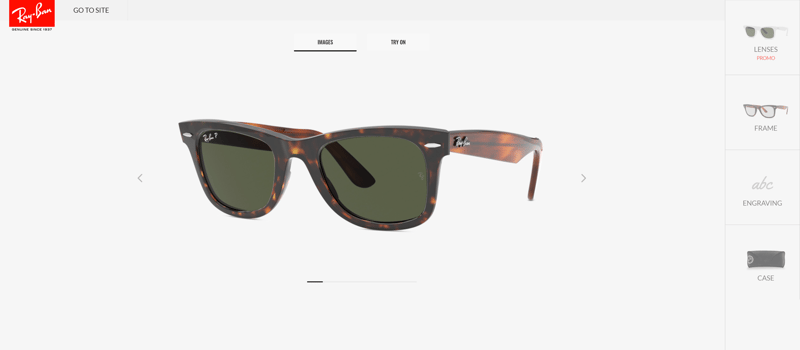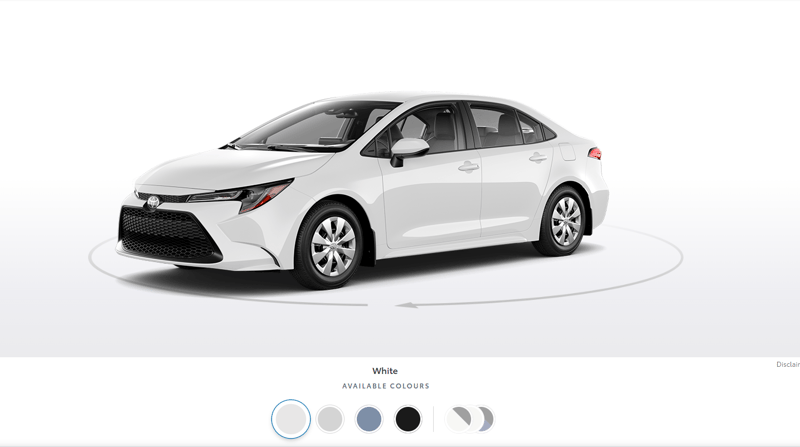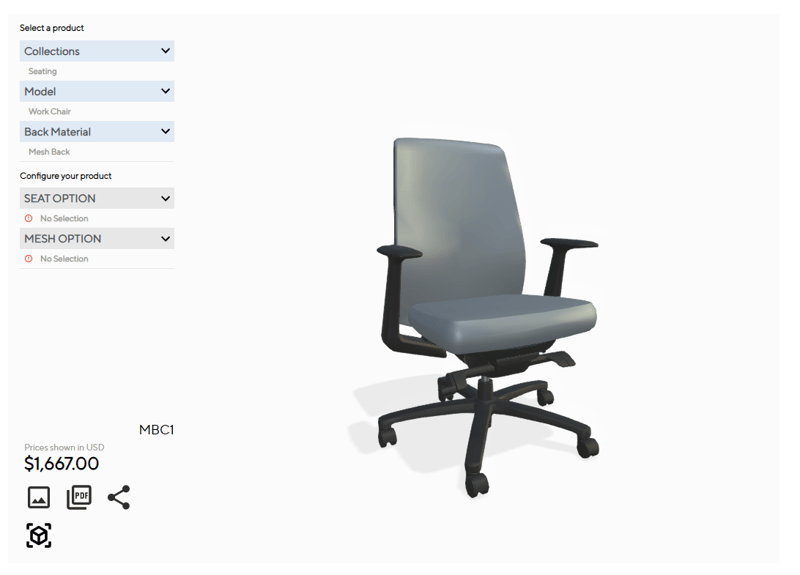We are currently experiencing a dramatic rise in digital retail experiences as well as a continuous rise in the popularity of e-commerce across all industries. Some of the best and most custom additions to digital shopping are through web configurators which help people customize and engage with potential purchases Over the past years, there have been dramatic shifts to digital solutions in many industries. This was a product of necessity due to the event of the last 2 years that dramatically affected everyone across the globe. But it was also just an acceleration of a trend that we’ve been seeing across all industries and businesses for some time now.
There has been a growing desire among consumers to get an accurate preview of the product they are purchasing before they receive it. There are several solutions to this issue, but one of the most popular was for businesses to create digital configurators that would live on their client-facing sites. A recent study from 2021 by e-commerce technology company Zakeke shows that 41% of consumers are looking to have a much more personalized experience when it comes to their digital shopping interactions. With the shift to digital in recent years, businesses had to meet that desire with new digital/remote solutions. Many businesses had to consider how could they digitally provide their customers with a preview of the product that would both satisfy the customer’s need to ensure they were buying the right product and provide the most realistic preview.
Now, what is a web configurator exactly? A configurator is an online tool that a business can use to allow customers or clients to customize a preview of their product virtually. There are several varieties of configurators, but in any shape, they are a fantastic tool, that puts a lot of power into consumers’ hands. In this article, we will examine several types of configurators and how they are being used across several industries.
Basic web configurator: Static and simple to understand
Configurators aren’t exactly new to the digital world and very simple versions have existed for as long as online retailers have been around. The most common one that has been around for a long time are static 2D configurators that allow you to view a product with pre-rendered imagery. You can still customize the product, but most likely you will simply be shown another version of the product in another color or finish.
The best example would be configurators found on clothing sites. When viewing a product such as a t-shirt, often you will be given the option to choose the pattern or color the shirt will come in. When you click through the options the photography showing the product off will change to show you photos with the newly selected option. It’s simple, but it’s easy to use and has been a staple in e-commerce for many years in many industries besides clothing, such as tech and furniture.

This is a standard configurator from sunglasses producer Ray-Ban that uses prerendered imagery (credit: ray-ban.com)
There are limitations though when it comes to configurators like this. Since it is based on pre-rendered imagery, there are only so many angles to view the product. Often, they aren’t as customizable and if you were to add more options, the product page could be too crowded, and a more complex UI would have to be considered. But still, many industries are looking to expand upon this existing iteration and provide more tools for consumers.
Fully 3D Configurators: Seeing things from a new perspective
Some manufacturers, especially those in the furniture industry, have seen the need for configurators so that customers can select the many custom parts that can go into a piece and have looked for configurator tools that can meet their needs. They’ve also realized that a configurator with pre-rendered imagery may not be enough for clients’ minds to be eased that they are making the right choice with their purchases.
Three-dimensional configurators have been around for some time too, but there has been an increase in their use in recent years. There are a few different ways that these configurators are built. In some cases, 360 photography is used to create a three-dimensional view of the product. This allows the customer to rotate the product and view it from multiple angles. This is often used for products that will be viewed from multiple angles and we have seen this technique used by car manufacturers and furniture retailers. This offers a much better look at the product than static imagery and still provides realistic images. However, there are still some limitations as often the rotation is stuck to one axis and is reliant on how intricate the 360 photography is.

This configurator from Toyota offers a 360-degree view of the vehicle but relies on pre-rendered imagery to show all the angles. (Credit: Toyota.ca)
Another version of a 3D configurator doesn’t rely on any pre-rendered photography at all. It uses a 3D render of the product, similar to something you might see in a CAD program, that is used to design the furniture. These 3D renders offer a lot more freedom in how the product can be configured as the customer can swap out pieces without you having to make sure you have a prerendered image to showcase that option. Often this allows them to view from all angles as well too. This option puts the most power in the customer’s hand to shape the product to their desired needs. The only drawback is that the image may not be as lifelike as some of the other options, but the ability to view from more angles and enhance customization is hard to beat.
While on this topic of using 3D renders, we also want to mention augmented reality or AR. We’ve started to see more retailers starting to implement AR experiences on their sites or mobile applications. Using AR, customers can use their mobile devices to see how an accurate 3D render of the product can fit into their real-world space. There have been a few instances of AR configurators being used, and we would bet that this trend will continue.

This is an example of a configurator from KiSP that features a full render that can be rotated fully and customized
Considering the future
We hope that this article has helped break down the different kinds of configurators that exist in the digital landscape and given you a better idea of how industries are looking to incorporate them into their sales process. The bottom line is that consumers what more personalization in their shopping experience and putting the power in their hands to create and customize their products to fit their needs is a powerful tool.
Looking to get started with a configurator for your furniture products? Head on over to our new configurator service now available at KiSP. Learn how we can help build an online digital tool that helps facilitate sales and puts the power to create into your client’s hands. 3D Renders and AR experiences can be included in this powerful tool.


